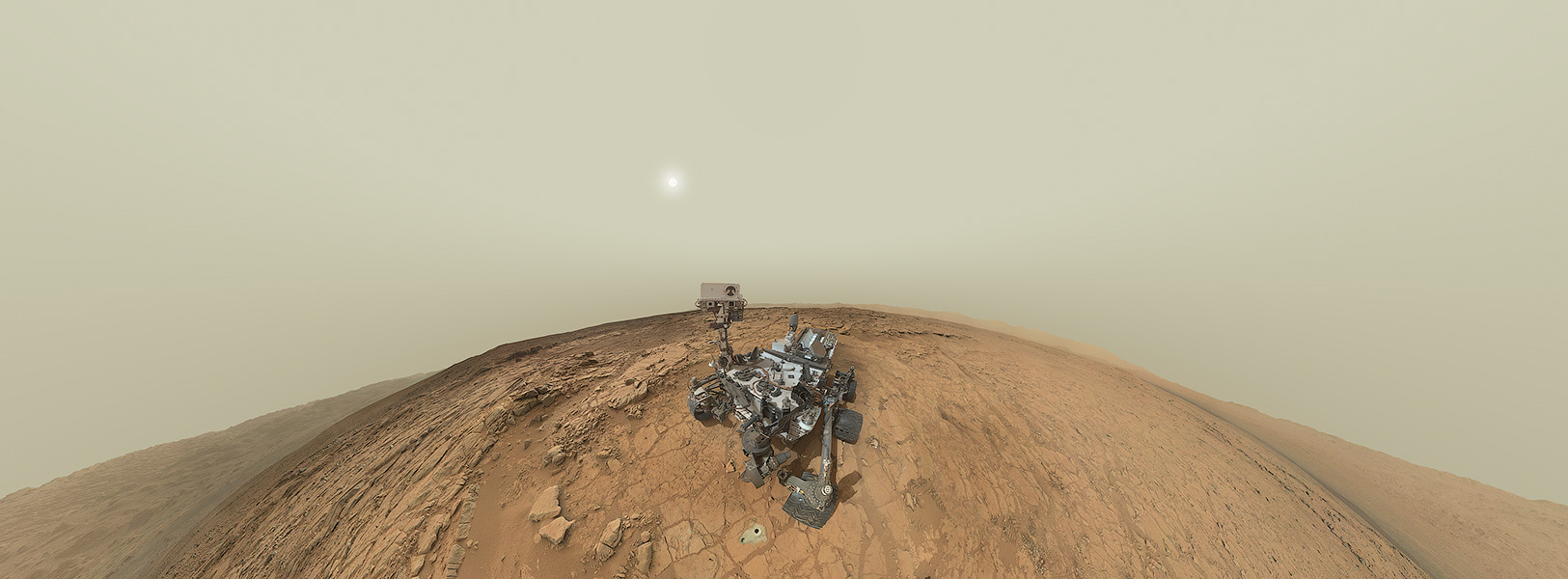Canon have announced a new full frame 35mm sensor designed for Video use. The sensor has a 16:9 aspect ratio and a 43mm diagonal (since they say it used the full image circle of EF series lenses). Though they don’t give size or pixel count, by my calculations (solve the equationc…) it looks like it is around 37.5mm x 21mm and the pixel count is just over 2MP as would be expected for a 1920 x 1080 full HD image. Each pixel has about 7.5x the area of an EOS-1D X pixel.
TOKYO, March 4, 2013—Canon Inc. announced today that the company has successfully developed a high-sensitivity 35 mm full-frame CMOS sensor exclusively for video recording. Delivering high-sensitivity, low-noise imaging performance, the new Canon 35 mm CMOS sensor enables the capture of Full HD video even in exceptionally low-light environments.
The newly developed CMOS sensor features pixels measuring 19 microns square in size, which is more than 7.5-times the surface area of the pixels on the CMOS sensor incorporated in Canon’s top-of-the-line EOS-1D X and other digital SLR cameras. In addition, the sensor’s pixels and readout circuitry employ new technologies that reduce noise, which tends to increase as pixel size increases. Thanks to these technologies, the sensor facilitates the shooting of clearly visible video images even in dimly lit environments with as little as 0.03 lux of illumination, or approximately the brightness of a crescent moon—a level of brightness in which it is difficult for the naked eye to perceive objects. When recording video of astral bodies, while an electron-multiplying CCD which realizes approximately the same level of perception as the naked eye, can capture magnitude-6 stars, Canon’s newly developed CMOS sensor is capable of recording faint stars with a magnitude of 8.5 and above.


